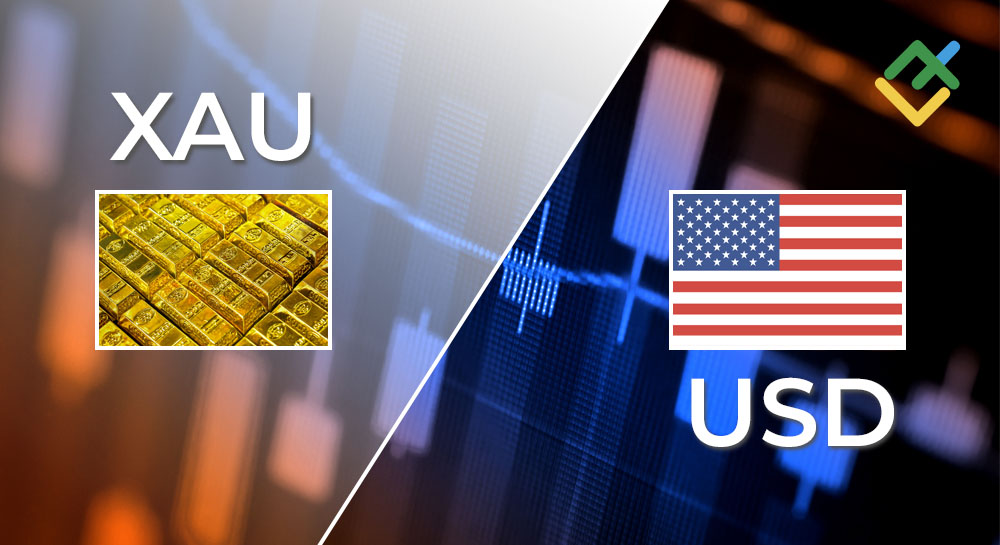
By Arunima Kumar
(Reuters) -Oil prices edged higher on Friday on track for a weekly gain as Libyan output disruptions and Iraqi plans to curb production raised supply concerns, while data showing the U.S. economy grew faster than initial estimates eased recession fears.
Still, signs of weakened demand, particularly in China, limited gains.
Brent crude futures for October delivery, which expire on Friday, were up 46 cents, or 0.58%, at $80.40 a barrel by 0845 GMT. The more actively traded contract for November rose 42 cents, or 0.53%, to $79.24.
U.S. West Texas Intermediate crude futures gained 43 cents, or 0.57%, to $76.34.
A day earlier both benchmarks settled more than $1 higher and were up 1.75% and 1.9% respectively for the week so far.
“Oil prices benefit from latest U.S. economic data suggesting a soft landing and no recession, reducing demand fears,” UBS analyst Giovanni Staunovo said.
“On the other hand, falling exports in Libya and the prospect of lower Iraqi crude production in September should help keep the oil market undersupplied.”
More than half of Libya’s oil production, or about 700,000 barrels per day (bpd), was offline on Thursday and exports were halted at several ports following a standoff between rival political factions.
Consulting firm Rapidan Energy Group has estimated production losses could reach between 900,000 and 1 million bpd and last for several weeks.
Meanwhile, Iraqi supplies are also expected to shrink after the country’s output surpassed its OPEC+ quota, a source with direct knowledge of the matter told Reuters on Thursday.
Iraq plans to reduce its oil output to between 3.85 million and 3.9 million bpd next month.
Investors also await Friday’s release of the U.S. core personal consumption expenditures (PCE) price index, the Federal Reserve’s preferred inflation gauge, which could provide clues on the size of the expected rate cut in September.

Lower rates can boost economic growth and demand for oil.
Still, a sombre economic outlook for mainland China continues to be a headwind, said Priyanka Sachdeva, senior market analyst at Phillip Nova.
This post is originally published on INVESTING.



